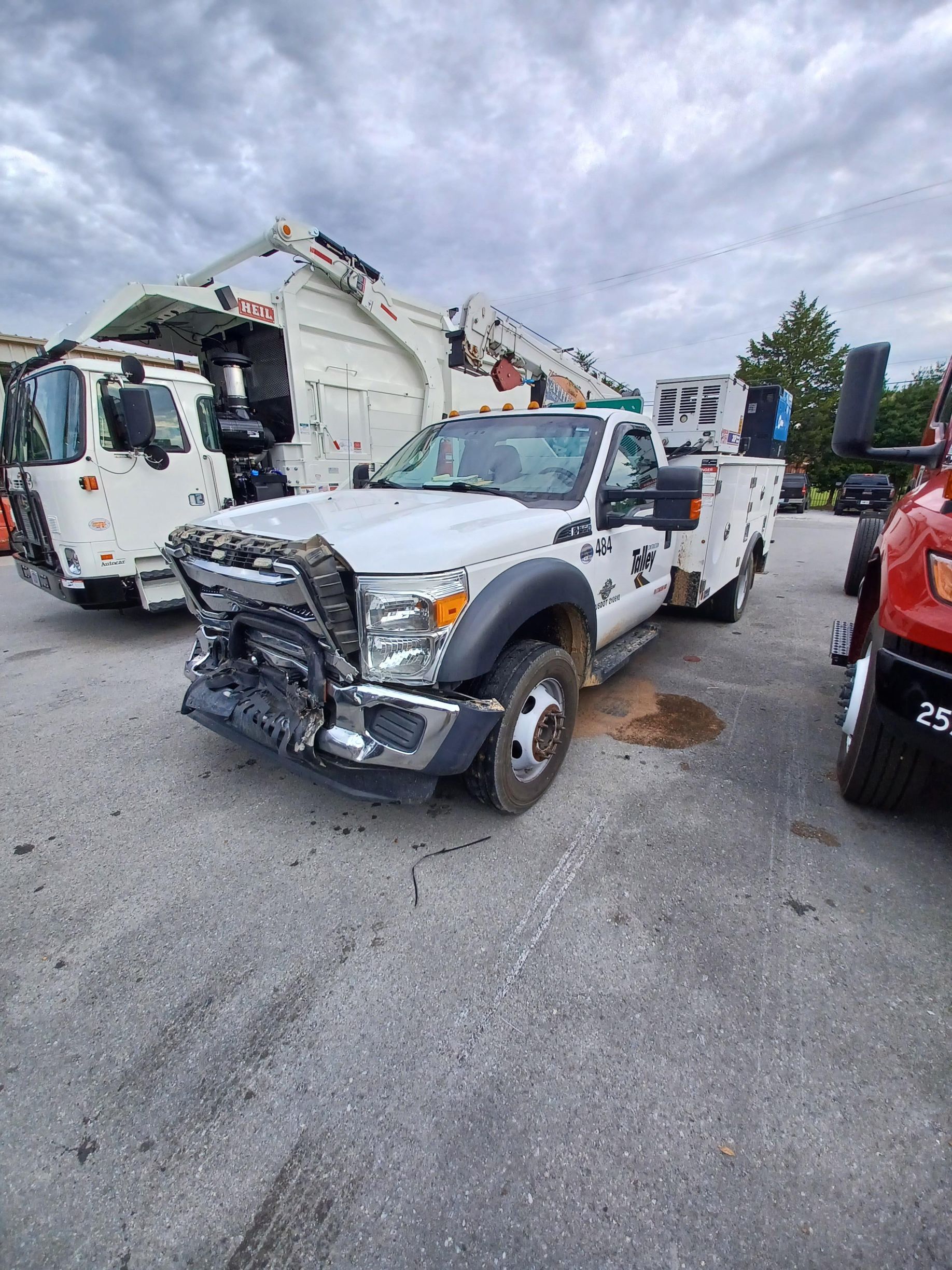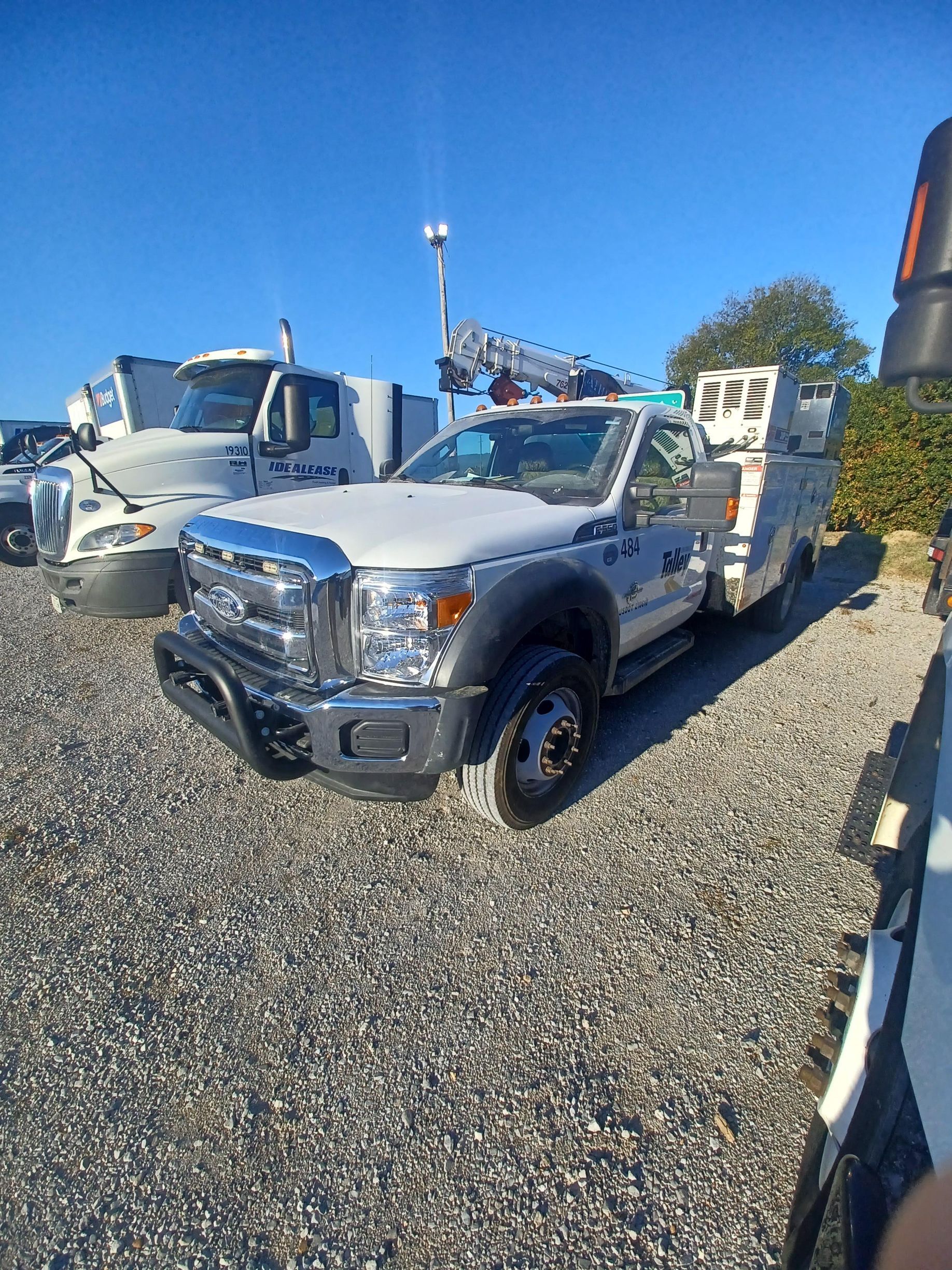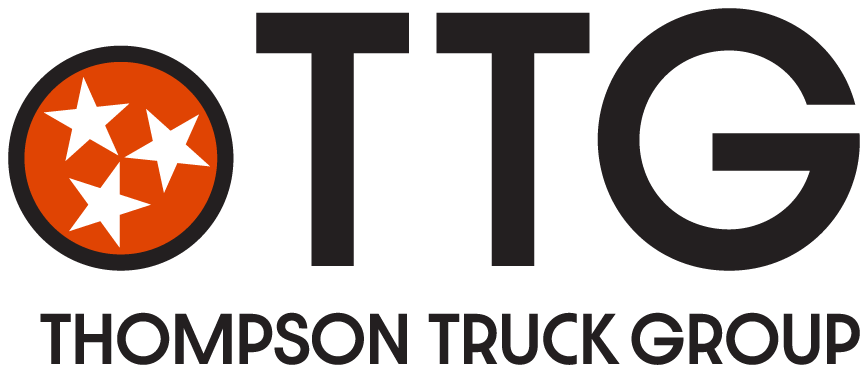How Does a Body Shop Make An Estimate?
We all know that at some point, we’re going to have to deal with truck repairs. Understanding the collision repair process can really help ease concerns if you find yourself in that situation. Whether you’re going through insurance or paying out of pocket, knowing how to choose a dealership you can trust begins with understanding how to get an accurate estimate. This is where the body shop estimator comes in.
A good body shop estimator is highly trained and an excellent communicator. We sat down with our own body shop estimator Jason to give you an inside look into what it means to craft a detailed estimate and what goes into the day to day of one of the most important team members of the Collision Center. A well-crafted estimate is your first step to getting back on the road, so how does a body shop make an estimate?
First, a request comes in for a truck repair. “If it’s a call, at that time, I get their name or company name, the address of where the vehicle is located, a good phone number to reach them at, and a good email to send the estimate to. If the inquiry comes in via email, then they usually have a contact number in the email and I then reach out to them by phone to collect the information listed above.” Jason then schedules a time to physically go to the vehicle, or to have the vehicle brought in so he can collect pictures of all four corners of the vehicle, the vin ID plate, mileage, and the damage reported. Once this is done, Jason can then begin the process of writing the estimate for the customer.
Then comes the magic of software. “I use 2 pieces of software to write the estimates, Mitchell Estimating Guide or Adjust Rite. I now have to determine the extent of the damage and which software to write the estimate in based on whether it is a passenger vehicle - light duty, medium duty, or a commercial vehicle - heavy duty.” Most light-medium duty passenger vehicles are written in Mitchell software, and all commercial vehicles, namely heavy-duty trucks, school buses, motorhomes, etc, are written in Adjust Rite.
Once the software is chosen, the estimate begins. “I begin entering the customer information and vehicle information into the estimate guide, and then begin selecting the damaged components to either be replaced or repaired.” This part of the process allows Jason to accurately gauge whether a part should be repaired or replaced based on cost-effectiveness. Being thorough is an important part of this process. “I start with the front of the vehicle and move towards the rear of the vehicle entering parts to be repaired or replaced. Once I am complete with the estimate, I then print it off to email a copy to the parts department to quote the parts needed.”
When the initial assessment is completed, a ticket is created and sent to the in-house Parts Department. A quote ticket is created in Karmak and made available to the Parts Department team so an accurate estimate can be made on which parts to order and how long it will take. “The parts quote usually is complete within a few hours unless the vehicle in question is seriously damaged, and if so, then it could take days to quote all the parts for repair.”
While the quote ticket is being filled out with the Parts Department, Jason creates a job folder with an extensive tracking system.
“I also go into an Excel spreadsheet that I use to track the approval process and enter the customer information, whether it is approved or the part is on order. I also track the date the estimate was written, the date approved or lost, and who it was approved by.” This tracking system is important because it keeps track of the communication Jason has with the customer to ensure they are kept aware of what part of the process their vehicle is in, and when they can expect to hear back from the Collision Department. “There are usually several emails or phone conversations exchanged during the repair process. Communication makes for a happy customer.”
When the final estimate is ready, Jason alerts the customer.
“I usually wait 24hrs and then I reach out to the customer to verify that they did receive the estimate, and then we discuss the availability of parts and time frame to repair. I usually receive fairly quick approval from most customers unless the repair is an insurance claim. If it is insurance then that could take days or even weeks to be approved.” Typically, after the estimate is approved, the work can begin! Occasionally additional issues are found during the repair process, but in most cases, the repair is done according to the estimate and the body shop estimator can call the customer with the good news.
Then the truck is ready to go! After multiple emails with the customer and efficient communication with insurance companies if necessary, Jason can finally alert the customer. “I then contact the customer and let them know that we have all repairs completed and advise them of what portion of the invoice they are responsible for and that the unit is ready to be picked up.”
After the vehicle is picked up, the ticket is closed and kept on file. This detailed process is essential to providing the best quality service to our customers. When you choose to get your truck repaired, remember to keep your expectations high. If your body shop can’t serve you at the level Jason serves our customers, pick a different shop.
Click here to learn more about our Collision Center.


